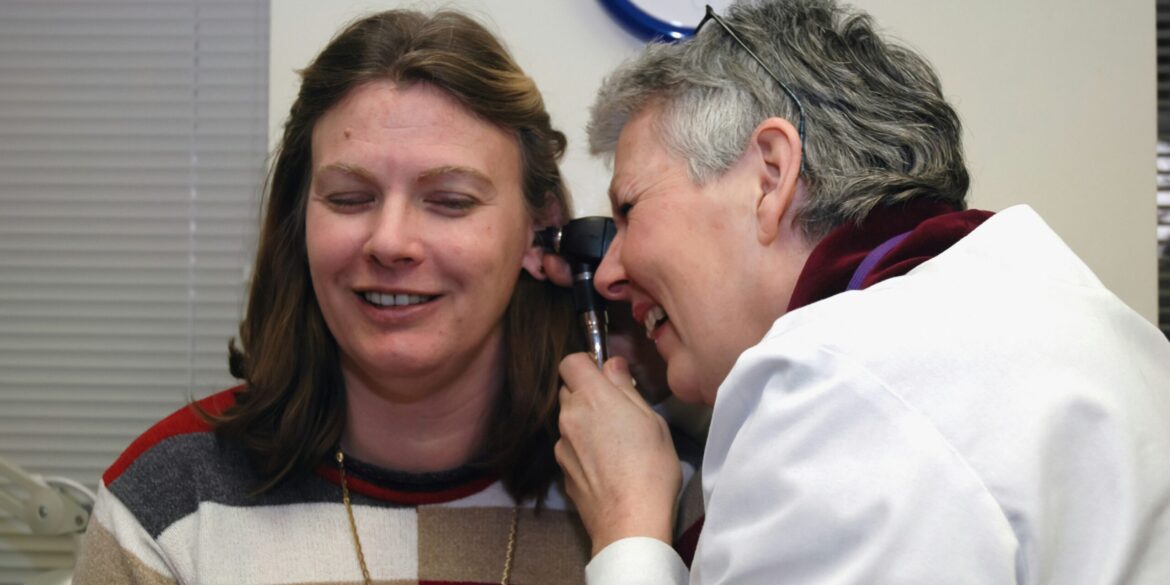A groundbreaking clinical trial has successfully restored hearing in teenagers and adults born with congenital deafness, marking a significant milestone in the field of audiology and regenerative medicine. This first-in-human study, led by researchers from Karolinska Institutet and multiple university hospitals in China, was announced on July 15, 2025, at a major medical symposium and concurrently reported by Live Science.
The therapy targets individuals with OTOF‑related deafness—a genetic condition in which mutations in the OTOF gene impair production of otoferlin, a protein essential for transmitting auditory signals from inner hair cells to the brain. Crucially, patients with this form of deafness often retain intact cochlear structures, creating an optimal setting to replace the faulty gene.
Researchers treated ten participants, aged 1 to 24, with a single inner-ear injection of a harmless adeno‑associated virus (AAV) carrying a functional copy of the OTOF gene. The therapy was administered via the round‑window membrane of the cochlea. Within just one month, objective brainstem response tests recorded a 62% average improvement in hearing thresholds, while behavioral audiometric scores improved by 78%. By six months post-treatment, participants’ average hearing ability improved from 106 dB (profound deafness) to 52 dB, approaching the range of moderate hearing.
Particularly striking was the outcome among children aged five to eight, who achieved near-normal hearing. One seven-year-old regained conversational-level speech perception within four months. Significantly, the therapy also benefited older adolescents and adults, demonstrating its broad applicability.
Throughout follow-up periods ranging from six to twelve months, the treatment showed a favorable safety profile. Mild to moderate reductions in neutrophils (a type of white blood cell) were the most common side effect, with no serious adverse events reported. These clinical results mirror earlier animal and pediatric studies that established both the safety and efficacy of this gene delivery approach.
This landmark human trial expands the boundaries of gene therapy in audiology, not only confirming that congenital hearing loss can be addressed genetically, but that it may be treatable well beyond infancy. As Dr. Maoli Duan, senior consultant at Karolinska, stated: “This is the first time that the method has been tested in teenagers and adults.”
While long-term durability and broader implementation remain under investigation, the results signal a potential shift away from invasive cochlear implants toward genetic treatments for specific forms of hereditary deafness.
The ongoing trial will continue to monitor participants long-term—up to five years in some cases—to verify safety and sustained hearing. Moreover, researchers are expanding therapeutic development to target more common genetic deafness variants, including GJB2 and TMC1, though these present greater complexity in delivery.
Parallel early-phase trials by Regeneron (DB‑OTO) and others like Sensorion and Akouos, employing similar AAV approaches, have reported promising preliminary efficacy in children, further reinforcing the rapid advancement of this field.
Replacing the defective OTOF gene restores native auditory pathways without implanting foreign devices. Successful improvement in teens and adults expands treatment windows and inclusion criteria. The single-dose therapy through a minimally invasive procedure shows excellent early safety. Success here lays the foundation for targeting other genetic forms of deafness and scaling therapy globally.
This landmark study, reported in Nature Medicine and highlighted by Live Science, ScienceDaily, and other outlets, stands as a pivotal moment in hearing medicine. It offers hope to thousands worldwide with congenital hearing loss—and points toward a future where gene therapy may replace prosthetics as the gold standard for care.

